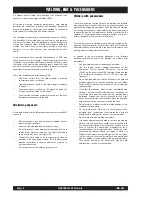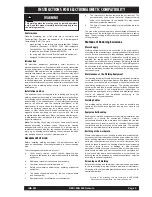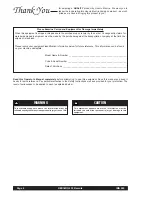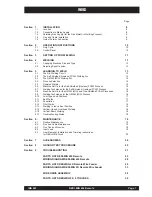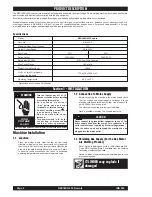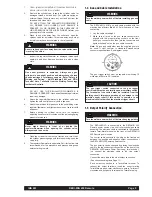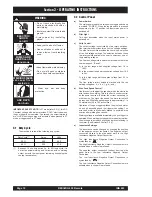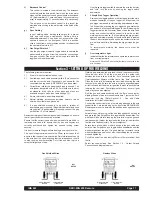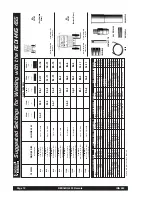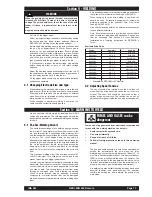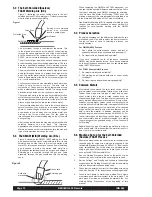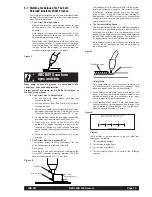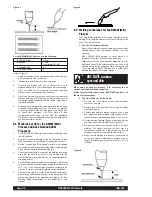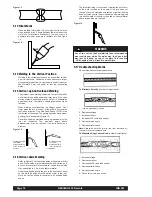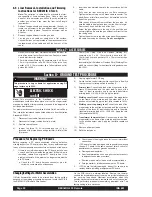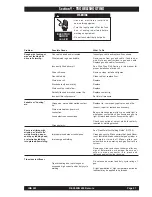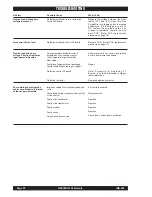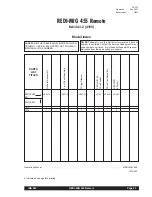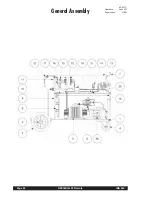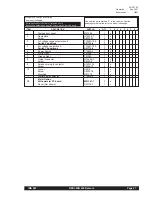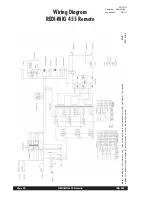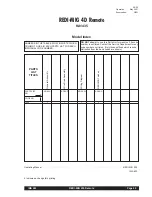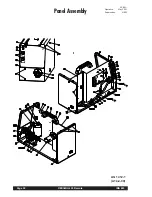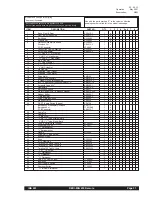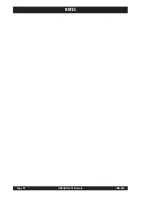
Page 18
REDI-MIG 455 Remote
IMA 603
5.13 Fillet Welds
When welding fillet welds, it is very important to hold the
wire electrode at a 45° angle between the two sides or the
metal will not distribute itself evenly. The gun nozzle is
generally formed at an angle to facilitate this. See Figure
14.
5.14 Welding In The Vertical Position
Welding in the vertical position can be done either vertical-
up or vertical-down. Vertical-up is used whenever a larger,
stronger weld is desired. Vertical-down is used primarily on
sheet metal 4.0 mm and under for fast, low penetrating
welds.
5.15 Vertical-up And Overhead Welding
The problem, when welding vertical-up, is to put the molten
metal where it is wanted and make it stay there. If too much
molten metal is deposited, gravity will pull it downwards
and make it “drip”. Therefore, a certain technique has to be
followed.
When welding out-of-position, run stringer beads. Don’t
whip, break the arc, move out of the puddle, or move too
fast in any direction. Use Wire Feed Speed (WFS) in the
low portion of the range. The general technique and proper
gun angle are illustrated in Figure 15.
Generally, keep the electrode nearly perpendicular to the
joint as illustrated. The maximum angle above
perpendicular may be required if porosity becomes a
problem.
5.16 Vertical-down Welding
Refer to Figure 16 Vertical-down welds are applied at a fast
pace. These welds are therefore shallow and narrow and,
as such, are excellent for sheet metal. Vertical-down welds
may be applied to 4.0 mm and lighter material.
Use stringer beads and tip the gun in the direction of travel
so the arc force helps hold the molten metal in the joint.
Move as fast as possible consistent with desired bead
shape.
The important thing is to continue lowering the entire arm
as the weld is made so the angle of the gun does not
change. Move the electrode wire fast enough that the slag
does not catch up with the arc. Vertical-down welding gives
thin, shallow welds. It should not be used on heavy material
where large welds are required.
5.17 Troubleshooting Welds
Good welds have excellent appearance.
To Eliminate Porosity (in order of importance):
1. Turn on gas supply, if used
2. Decrease voltage.
3. Increase stickout.
4. Increase WFS (wire feed speed).
5. Decrease torch angle.
6. Decrease travel speed.
Note: Always be sure the joint is free from moisture, oil,
rust, paint or other contaminants.
To Eliminate a Ropy Convex Bead (in order of importance):
1. Increase voltage
2. Decrease stickout.
3. Decrease WFS (wire feed speed).
4. Decrease travel speed.
5. Decrease torch angle.
6. Check for correct gas, if used.
Figure 13
45°
Figure 14
Use of this unit on thicker materials than recommended
may result in poor welds. The welds may “look” good, but
may just be “sitting” on top, of the plate. This is called
“Cold Lapping” and will result in weld failure.
WARNING
PROPER GUN ANGLE
FOR GMAW PROCESS
WELDING IN THE VERTICAL UP POSITION
PROPER GUN ANGLE
FOR FCAW PROCESS
WELDING IN THE VERTICAL UP POSITION
Figure 15
Proper gun angle
for FCAW
process welding
in the vertical up
position.
Proper gun angle
for GMAW
process welding
in the vertical up
position.
Figure 16

